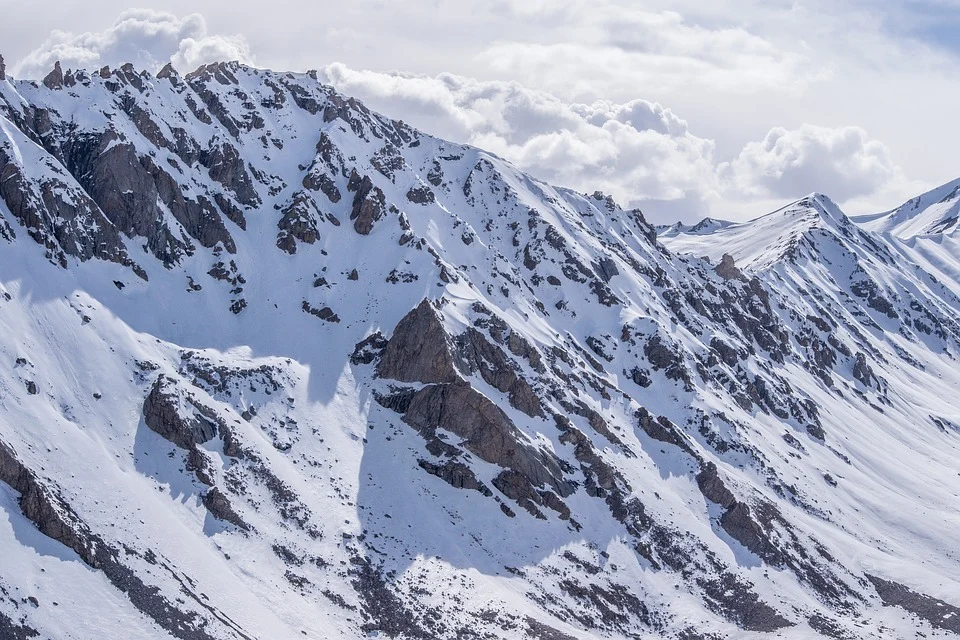
06/11/20 09:30 AM IST


In news
Researchers reporting in ACS' Environmental Science & Technology Letters have detected light-absorbing "tarballs" in the Himalayan atmosphere, which could contribute to glacial melt.
Importance of Himalayan
Himalaya-Tibetan Plateau is referred as the "third pole" because the region has the largest reserve of glacial snow and ice outside of the north and south poles.
Tarballs are small light-absorbing, carbonaceous particles formed due to burning of biomass or fossil fuels that deposit on snow and ice. Tarballs were emitted from biomass burning in the Indo-Gangetic Plain.
How are they formed?
The report
Until now, black carbon was found to be transported long distances by the wind to the Himalayan atmosphere.
Source: DTE

17 Sep
'Dehradun and several other districts in Uttarakhand have experienced very heavy rainfall over the past few days, triggering landslides in multiple areas and causing rivers to swel
Read More
08 Sep
'The Rajasthan Coaching Centres (Control and Regulation) Bill, 2025, is a significant piece of legislation passed by the Rajasthan Assembly to regulate and oversee the state's burg
Read More
28 Aug
'Recently, the Indian Space Research Organisation (ISRO) successfully carried out its first Integrated Air Drop Test (IADT-1), a crucial milestone in the preparation for the countr
Read More